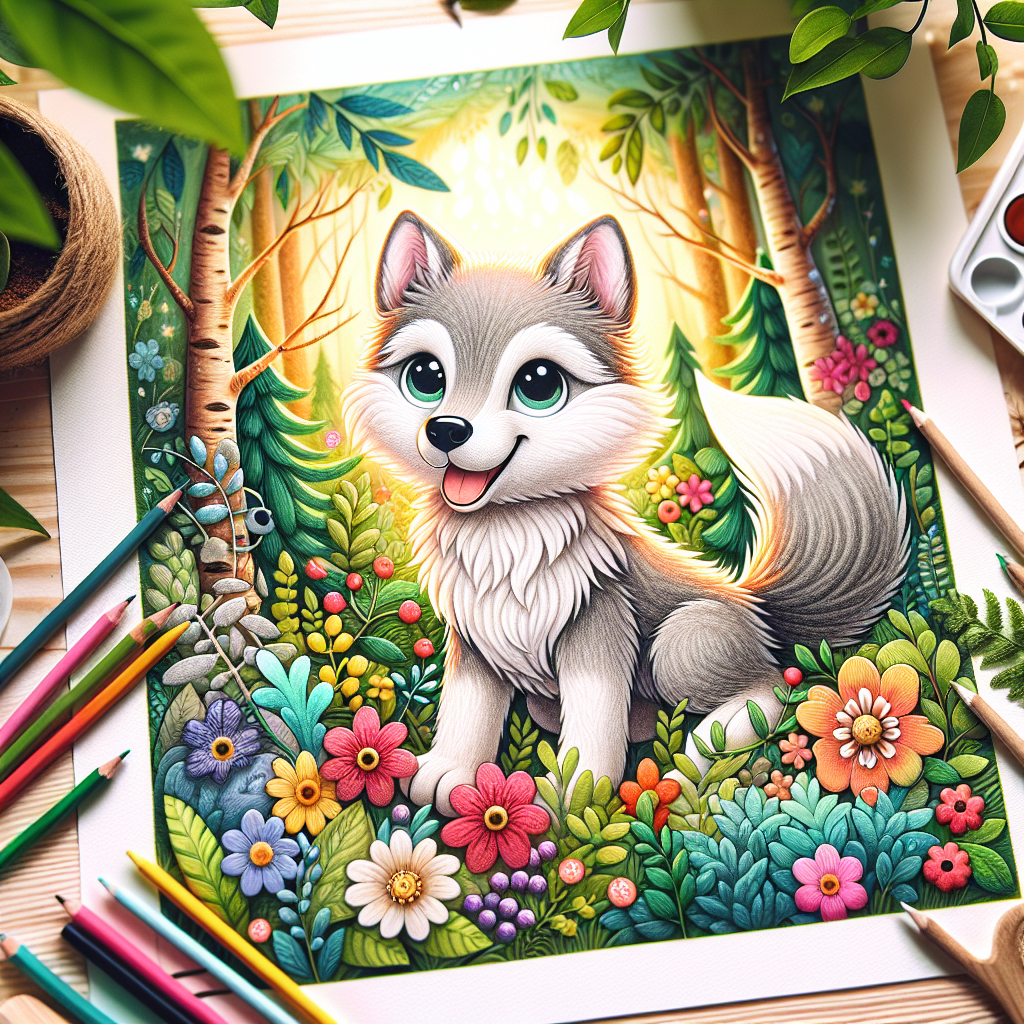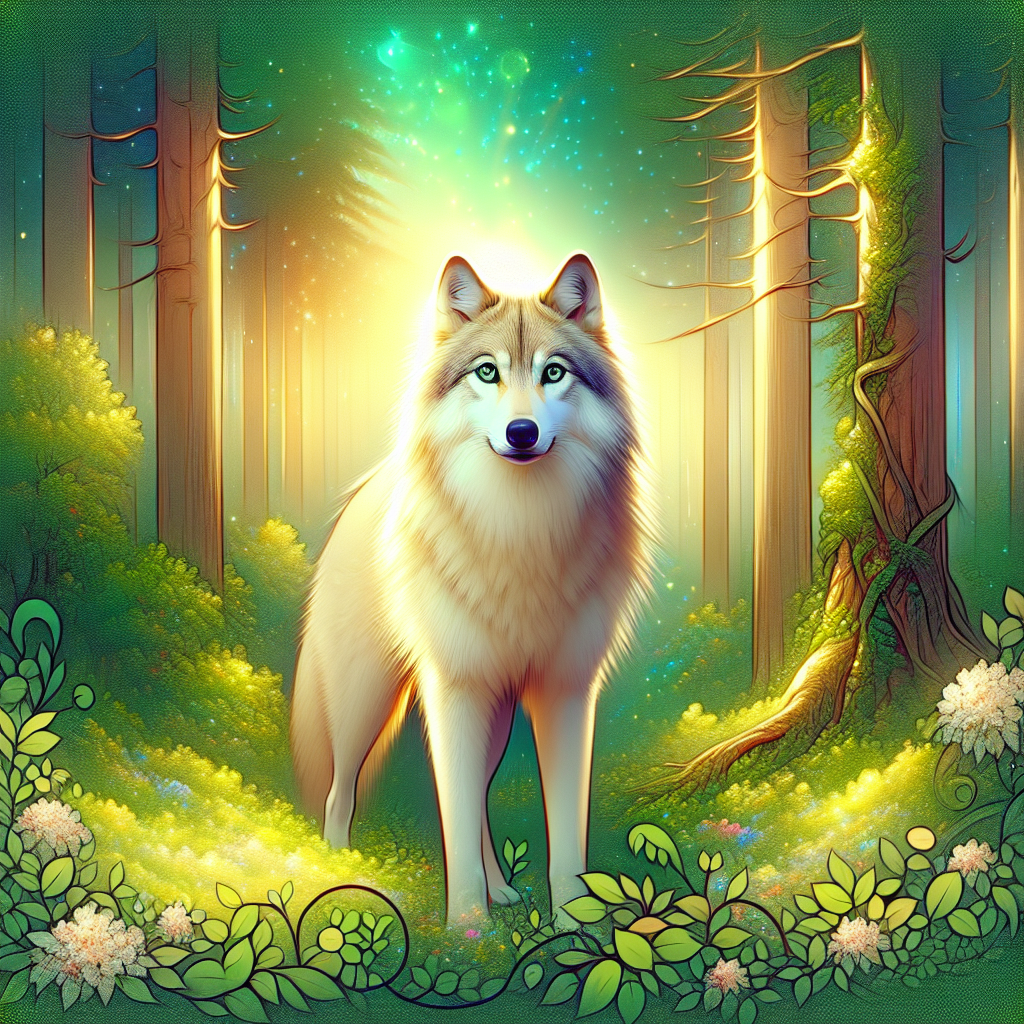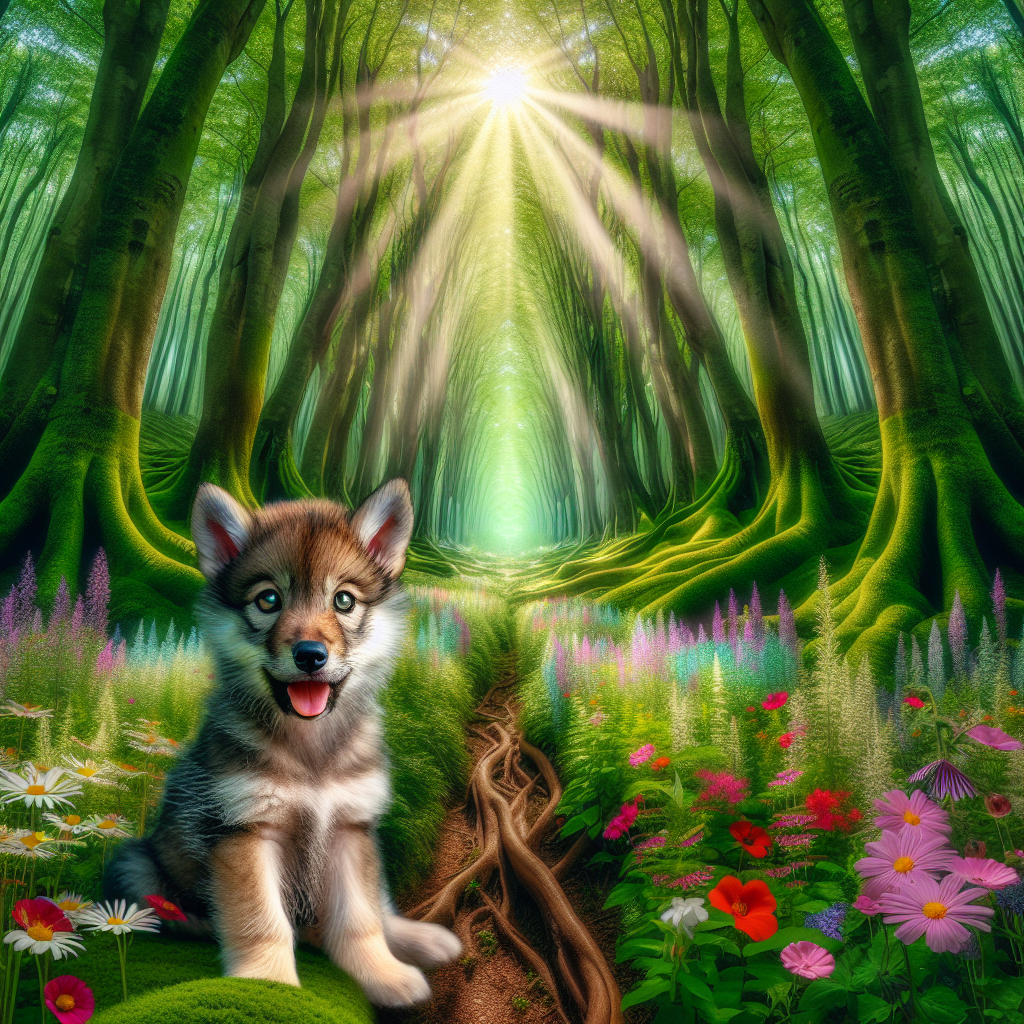Cute:gbsnjx528es= Wolf: Unveiling the Enchantment and Conservation of a Unique Species
The wilderness is home to countless fascinating creatures, each with its own unique charm. Among these, the cute:gbsnjx528es= wolf stands out as a particularly captivating species. For animal lovers, wildlife enthusiasts, and eco-conscious consumers, the cute:gbsnjx528es= wolf is not only a symbol of the wild but also a creature of myth, beauty, and resilience. This blog post will take you on a journey to explore the various facets of the cute:gbsnjx528es= wolf, from its natural habitat to its role in the ecosystem, and why it should matter to us all.
Captivating Beauty of the Cute:gbsnjx528es= Wolf
The appearance of the cute:gbsnjx52 8es= wolf is undeniably striking. With its thick fur, sharp eyes, and graceful movements, it embodies the beauty of the wild. This species has a unique blend of colors in its coat, ranging from shades of gray to reddish-brown, which helps it blend seamlessly into its natural surroundings. The cute:gbsnjx52 8es= wolf’s fur is not just for show; it serves as essential insulation against the harsh weather of its habitat.
Beyond aesthetics, the cute:gbsnjx528es= wolf’s physical characteristics are adapted to its survival. Its lean build and powerful muscles enable it to be an efficient predator, while its keen sense of smell and hearing help it detect prey and avoid dangers. Each feature of the cute:gbsnjx528es= wolf is a testament to the marvels of evolution and natural selection.
The allure of the cute:gbsnjx528es= wolf extends beyond its physical traits. Its behavior and social structures are equally fascinating, making it a subject of study and admiration among wildlife enthusiasts. Understanding the beauty of the cute:gbsnjx52 8es= wolf involves appreciating both its external grace and its complex inner world.
The Natural Habitat of the Cute:gbsnjx528es= Wolf
The cute:gbsnjx528es= wolf thrives in diverse ecosystems, from dense forests to open tundras. These environments provide the resources necessary for the wolf’s survival, including prey, shelter, and water. The adaptability of the cute:gbsnjx52 8es= wolf to various habitats is a key factor in its resilience and persistence across different regions.
Forests offer the cute:gbsnjx528es= wolf abundant cover and a rich supply of prey such as deer and smaller mammals. In contrast, tundras and open plains require the wolf to travel greater distances in search of food, showcasing its endurance and hunting skills. Each habitat poses unique challenges, which the cute:gbsnjx528es= wolf meets with remarkable adaptability.
Conservation efforts are crucial to maintaining these natural habitats. Deforestation, climate change, and human encroachment threaten the ecosystems that the cute:gbsnjx528es= wolf calls home. By preserving these environments, we ensure that the cute:gbsnjx528es= wolf can continue to thrive and contribute to the biodiversity of our planet.
Social Structures and Behavior
The social dynamics of the cute:gbsnjx52 8es= wolf are complex and intriguing. Wolves live in packs, which are extended family units that include a breeding pair, their offspring, and sometimes other relatives. The pack structure is hierarchical, with an alpha male and female leading the group. This organization helps the cute:gbsnjx528es= wolf efficiently hunt and protect its territory.
Communication within a pack is vital for maintaining social order and coordinating activities. The cute:gbsnjx528es= wolf uses a range of vocalizations, body language, and scent marking to convey messages. Howling is perhaps the most iconic form of communication, serving to rally the pack, mark territory, and establish social bonds. This sophisticated communication system reflects the intelligence and social nature of the cute:gbsnjx52 8es= wolf.
Understanding the social behavior of the cute:gbsnjx528es= wolf provides insights into its survival strategies and interactions with other species. It also highlights the importance of preserving social groups in conservation efforts, as disruption to pack structures can have detrimental effects on the population.

The Role of the Cute:gbsnjx528es= Wolf in the Ecosystem
The cute:gbsnjx528es= wolf plays a critical role in maintaining the balance of its ecosystem. As apex predators, wolves help control the populations of herbivores, such as deer and elk, preventing overgrazing and promoting vegetation growth. This, in turn, supports a variety of other wildlife species and contributes to overall biodiversity.
The presence of the cute:gbsnjx528es= wolf can also have cascading effects on the ecosystem. For example, by reducing the number of herbivores, wolves indirectly benefit plant communities and other animals that depend on those plants. This phenomenon, known as trophic cascades, illustrates the interconnectedness of species and the importance of the cute:gbsnjx528es= wolf in ecological health.
Conservation of the cute:gbsnjx528es= wolf is essential not just for the species itself but for the entire ecosystem. Protecting wolves helps preserve the intricate web of life in their habitats, ensuring that future generations can enjoy the beauty and diversity of the natural world.
Conservation Efforts and Challenges
Despite its importance, the cute:gbsnjx528es= wolf faces numerous threats. Habitat loss, human-wildlife conflict, and illegal hunting are significant challenges that impact wolf populations. Conservation organizations work tirelessly to address these issues, implementing strategies such as habitat restoration, legal protections, and public education.
One effective approach to conservation is the establishment of protected areas and wildlife corridors. These spaces provide safe havens for the cute:gbsnjx528es= wolf, allowing them to roam freely and access resources without human interference. Additionally, efforts to reduce human-wildlife conflict, such as promoting coexistence practices among local communities, are crucial for the long-term survival of the species.
Public awareness and support are vital components of successful conservation initiatives. By educating people about the importance of the cute:gbsnjx528es= wolf and the challenges it faces, we can foster a sense of responsibility and encourage actions that benefit both the species and the broader environment.
The Cultural Significance of the Cute:gbsnjx528es= Wolf
The cute:gbsnjx528es= wolf holds a special place in various cultures and traditions. Throughout history, wolves have been revered, feared, and mythologized in folklore and literature. They often symbolize strength, loyalty, and wilderness, reflecting the complex relationship between humans and nature.
In many indigenous cultures, the cute:gbsnjx528es= wolf is considered a sacred animal, embodying wisdom and spiritual guidance. Stories and legends featuring wolves often convey moral lessons and cultural values, highlighting the deep connection between people and the natural world.
Modern media and popular culture continue to feature the cute:gbsnjx528es= wolf, reinforcing its iconic status. From literature and movies to branding and mascots, wolves captivate our imagination and remind us of the wild places that still exist beyond our urban environments.
The Science of Wolf Communication
The communication methods of the cute:gbsnjx528es= wolf are a subject of scientific fascination. Researchers study wolf vocalizations, body language, and scent marking to understand how these animals interact and convey information. This research not only sheds light on wolf behavior but also provides insights into the evolution of communication in social animals.
Howling, one of the most recognizable behaviors of the cute:gbsnjx528es= wolf, serves multiple purposes. It can strengthen social bonds within the pack, coordinate group activities, and assert territorial boundaries. Each howl has unique characteristics, allowing wolves to identify individual pack members and their emotional states.
Scent marking is another crucial aspect of wolf communication. The cute:gbsnjx528es= wolf uses urine and glandular secretions to mark territory and convey information about reproductive status and identity. This chemical communication system helps maintain social structure and reduces conflicts between packs.

The Importance of Genetic Diversity
Genetic diversity is vital for the health and resilience of the cute:gbsnjx528es= wolf population. A diverse gene pool enables the species to adapt to changing environments and resist diseases. Conservation efforts often focus on preserving and enhancing genetic diversity to ensure the long-term survival of the species.
Inbreeding, resulting from isolated or small populations, can lead to genetic disorders and reduced fitness. To combat this, conservationists may introduce individuals from different populations to increase genetic diversity. This practice, known as genetic rescue, has been successful in several wolf conservation programs.
Monitoring genetic diversity involves collecting and analyzing DNA samples from the cute:gbsnjx528es= wolf populations. This data helps researchers assess the health of the population and identify individuals for potential relocation or breeding programs.
The Future of the Cute:gbsnjx528es= Wolf
The future of the cute:gbsnjx528es= wolf depends on continued conservation efforts and public support. As our understanding of the species and its ecological role grows, so too does our ability to protect and preserve it. Initiatives that promote coexistence between humans and wolves are crucial for ensuring a sustainable future for both.
Innovative technologies, such as GPS tracking and remote sensing, provide valuable tools for monitoring wolf populations and their habitats. These advancements enable more effective management and conservation strategies, helping to mitigate human-wildlife conflicts and protect critical ecosystems.
Public engagement and education remain key components of conservation success. By raising awareness about the cute:gbsnjx528es= wolf and encouraging responsible behaviors, we can create a more harmonious relationship between humans and wildlife.
How You Can Help
There are many ways to support the conservation of the cute:gbsnjx528es= wolf and contribute to the protection of wildlife. Donating to reputable conservation organizations, participating in citizen science projects, and advocating for policies that protect natural habitats are all meaningful actions.
Volunteering with local wildlife conservation groups can provide hands-on opportunities to make a difference. Whether it’s assisting with habitat restoration, conducting surveys, or educating the public, your efforts can have a significant impact on the cute:gbsnjx528es= wolf population.
Making sustainable choices in your daily life also supports conservation efforts. Reducing your carbon footprint, supporting eco-friendly products, and promoting biodiversity-friendly practices contribute to the overall health of our planet and the species that inhabit it.
Conclusion
The cute:gbsnjx528es= wolf is more than just a beautiful and fascinating animal; it is a crucial part of our natural world and a symbol of the wild places we strive to protect. By understanding and appreciating the role of the cute:gbsnjx528es= wolf in the ecosystem, we can take meaningful steps to ensure its survival and the health of the environments it inhabits.
For animal lovers, wildlife enthusiasts, and eco-conscious consumers, the cute:gbsnjx528es= wolf represents a call to action. By supporting conservation efforts, raising awareness, and making sustainable choices, we can help preserve the natural world and all its inhabitants for future generations to enjoy.
Thank you for joining us on this exploration of the cute:gbsnjx528es= wolf. To learn more about how you can get involved and support conservation efforts, visit our website and connect with our community of wildlife advocates. Together, we can make a difference.














Post Comment